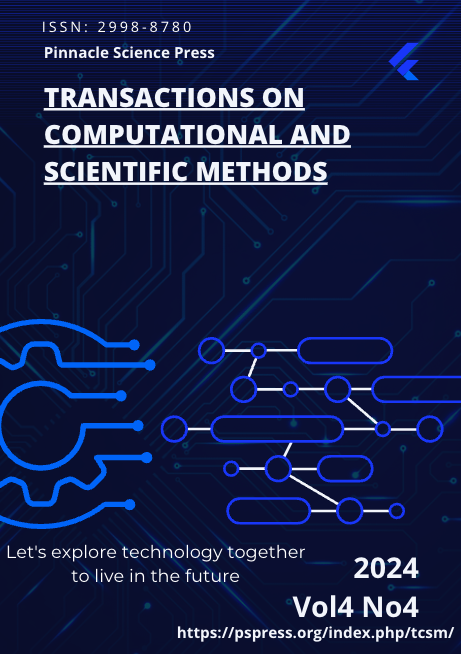Temporal-Semantic Graph Attention Networks for Cloud Anomaly Recognition

Abstract
This paper proposes an intelligent modeling framework for classifying high-dimensional, dynamic, and heterogeneous memory access behaviors in cloud computing environments. The method takes memory access sequences as input and applies a structure-enhanced attention mechanism to extract hidden dependencies. This improves the model's ability to capture key semantics within the temporal information. At the same time, a dynamic semantic knowledge graph is constructed to link access events with contextual entities such as tenants, services, and tasks. A temporal dimension is also introduced to build a graph representation that updates in real-time as the system evolves. In the model design, structural attention weights enable context-aware behavior classification. The dynamic integration of the semantic graph further enhances the model's ability to understand and classify complex behavior paths. Based on this architecture, the paper conducts comparative experiments, ablation analysis, and hyperparameter sensitivity evaluations using several public datasets. The results confirm the advantages of the proposed method in terms of F1-Score, AUC-ROC, and Accuracy. Experimental findings show that the model effectively detects implicit anomalies in multi-tenant systems. It also reduces false positive rates and improves the recognition of complex behavior patterns. The model demonstrates strong stability and robustness. The framework is end-to-end and is suitable for high-dimensional time-series classification tasks in dynamic settings. It enhances the intelligence level of behavior recognition and risk control in cloud platforms.